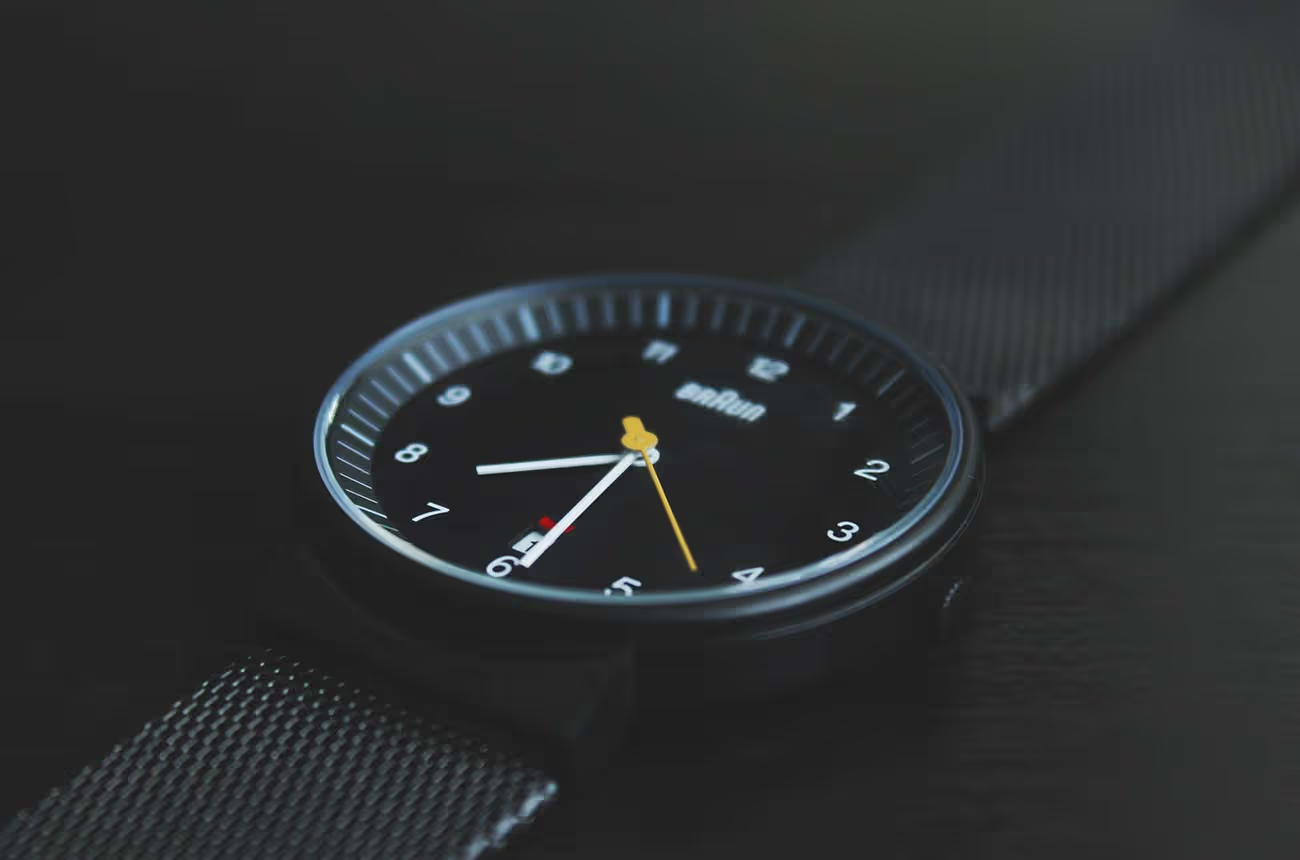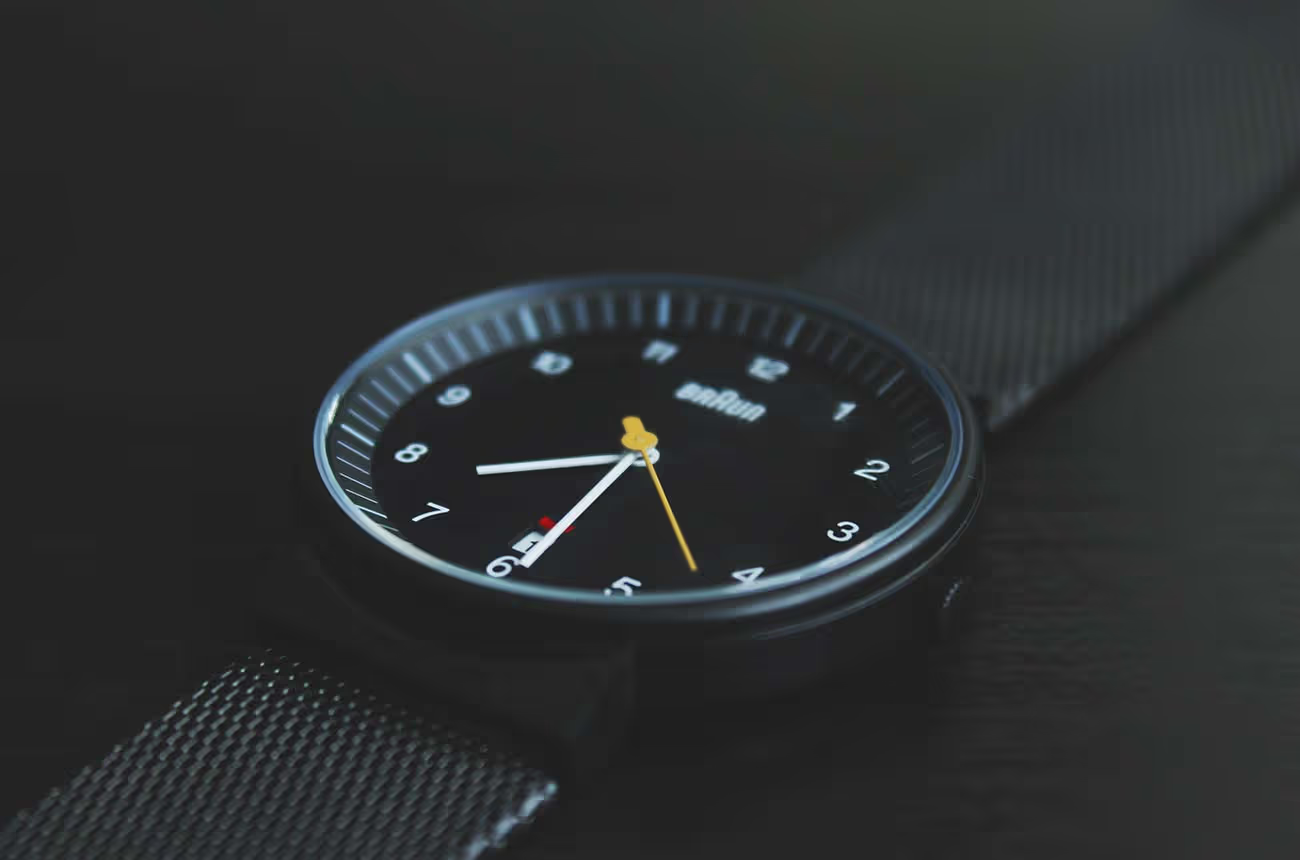
Kiwisaver Attractive for Self -employed
Freelancers could be excused for having overlooked the opportunity provided by KiwiSaver to do that rare thing – pick up free money – because most of the promotion of the scheme, which came in on 1 July 2007, has focused on employees. But people working for themselves, in fact any New Zealand citizen or permitted resident aged under 65, can join KiwiSaver and pick up $1000 from the Government in their first year in the scheme, plus, for those aged over 18 years, another Government contribution every year to match savings of up to $1040 ($20/week). That’s an attractive option for freelancers because it’s the only retirement savings plan in which their contributions will be added to by anyone else. While it’s common for employers to contribute to staff superannuation schemes as part of a salary package, the self-employed have had to go it alone.
Financial advisers highly recommend employer-backed superannuation schemes because in savings terms they are as good as it gets. KiwiSaver is as close as the self-employed can get to this savings gold standard.
On lowly pay, can freelancers afford to save for retirement?
Can they afford not to save? To make calculations of what you need to save to live well in retirement, and to discover what different levels of saving will amount to over time, use the calculators at www.sorted.govt.nz, or talk to your accountant or financial adviser.
The self-employed also have some advantages over employees with KiwiSaver. The self-employed can save as little or as much as they like, they can make payments regularly or irregularly, stop and re-start them – the amount and frequency just has to be agreed with the investment provider they sign with. Employees, meanwhile, are locked into contributing either 4% or 8% of their annual wages.
Freelancers can put in a minimum amount agreed with their scheme provider and still pick up the government’s $1000 kick start in the first year, and whatever they save in subsequent years the government will match up to $1040. The government also subsidizes fees charged by provider by $40 a year with the money added to the savings.
How do the self-employed join KiwiSaver?
Freelancers need to choose a scheme provider and apply to them directly. A full list of providers with contact details are on the KiwiSaver website. Or you can phone 0800 KiwiSaver (0800 549 472). Freelancer and personal finance writer Mary Holm says the process should not be complex. “Hopefully, you will have to fill out just one form and arrange an automatic transfer from your bank account to the provider. If one provider’s process looks too daunting, I suggest you approach another,” she says.
If you want to change your scheme you must apply to the provider of the new scheme you want to join. You can only belong to one KiwiSaver scheme at one time.
What happens to the money?
The savings, with some exceptions, are locked in until you turn 65, or for five years from the date you joined the scheme, whichever comes later.
The exceptions include first-home buyers. After three years of being in KiwiSaver, you can withdraw your contributions (but not the government’s) to buy your first home. Also, if you suffer significant financial hardship or serious illness you can withdraw your savings (again, not the government contributions). And if you emigrate permanently you can take your savings with you, including the $1000 kick-start but not the government’s annual contributions, which it gets back. If you die the savings go to your estate.
How safe is the money?
Savings are invested in a KiwiSaver scheme by your chosen provider. There is a wide range of schemes available and different investment funds from conservative to higher risk. All KiwiSaver schemes are run by the private sector, regulated in a similar way to other registered superannuation schemes and governed by trust deeds.
Before making a choice, find out about your scheme provider and how they plan to invest your money by reading their investment statement, which sets out the specific rules, fees, terms and conditions of the scheme.
KiwiSaver is not guaranteed by the government, which means, like any other superannuation scheme, you invest at your own risk.
Does it matter when you join?
Yes. The $1000 kick-start will apply whenever you join a scheme. There is a possibility that future governments might change aspects of KiwiSaver so advisers suggest getting in while the free money is on offer. If you didn’t sign up on July 1 then you’ve already missed out on some of the Government’s $1040 savings matcher for this year. Called a tax credit, though it is just a straight contribution, it will be credited to your account on a proportionate basis depending on when you join the scheme.
Want more information?
- A guide to KiwiSaver for the self-employed is available on the IRD website. Other advice can be found at www.sorted.govt.nz and www.kiwisaver.govt.nz
- Mary Holm has information on her website www.maryholm.co.nz where you can also buy her book, KiwiSaver: How to make it work for you, for $9-99.
Disclaimer: This is meant as a general guide to KiwiSaver only. Please make your decisions on the basis of your own inquiries.
This article first appeared in the July 2007 issue of the e-newsletter Freelance Market News. To find out more about Freelance Market services, please visit www.freelancemarket.co.nz



























